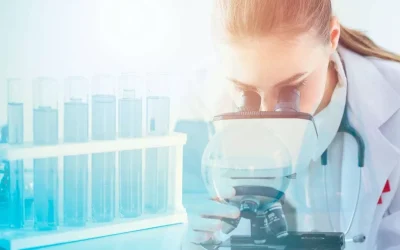Tobacco, heroin, cocaine, alcohol, cannabis and benzodiazepines are all substances that you can develop tolerance and dependence to. A person can have more than one substance use disorder at a time, such as alcohol use disorder and cocaine use disorder. It typically involves an overpowering desire to use the substance, increased tolerance to the substance and/or withdrawal symptoms when you stop taking the substance. Substance use disorder (SUD) is a complex condition that involves a problematic pattern of substance use.
Setting Healthy Boundaries in Relationships
People who are in recovery have a higher chance of using substances again. Recurrence can happen even years after you last took the substance. Different tools work for different people, but ongoing therapy and self-help groups such as Narcotics Anonymous help many. Treatment for SUD often requires continuing care to be effective, as SUD is a chronic condition with the potential for both recovery and relapse. Research shows that mental illness may contribute to SUD, and SUD can contribute to the development of mental illness.
How to Prevent Addiction to Prescribed Painkillers
- Smoking a joint with friends over the weekend, or taking ecstasy at a rave, or painkillers when your back aches, for example, can change from using drugs a couple of days a week to using them every day.
- Behavior in general can become unpredictable, and people may frequently call in sick to work or school.
- Find the latest NIH and NIMH policies, guidance, and resources for clinical research.
- Research shows that combining addiction treatment medicines with behavioral therapy ensures the best chance of success for most patients.
- Wet brain is the colloquial term for the nutritional brain bomb of severe thiamine deficiency that occurs with chronic abuse of alcohol.
Others may need admission to a hospital or a residential treatment center. Illicit drugs, used to get high, may be taken in overdose amounts when a person’s https://ecosoberhouse.com/ metabolism cannot detoxify the drug fast enough to avoid unintended side effects. So you might need to take more of the drug to get the same good feeling.
Who’s Most Likely to Become Addicted?
Most people who take their pain medicine as directed by their doctor do not become addicted, even if they take the medicine for a long time. Fears about addiction should not prevent you from using narcotics to relieve your pain, but it’s smart to use caution. Your brain is wired to make you want to repeat experiences that make you feel good. If you or someone you know has a mental illness, there are ways to get help. Use these resources to find help for yourself, a friend, or a family member. Download, read, and order free NIMH brochures and fact sheets about mental disorders and related topics.
Oregon Gov. Tina Kotek indicates she would sign a bill recriminalizing drug possession – Oregon Public Broadcasting
Oregon Gov. Tina Kotek indicates she would sign a bill recriminalizing drug possession.
Posted: Wed, 31 Jan 2024 08:00:00 GMT [source]
- At some point, addiction becomes a trap of endless repetition that loses whatever allure it once held.
- A substance use disorder can be considered mild, moderate, or severe based on the number of symptoms a person exhibits within a 12-month period.
- This may then be followed by a comprehensive evaluation and a referral to a licensed alcohol and drug counselor, psychologist, or psychiatrist.
- Problems can sometimes sneak up on you, as your drug use gradually increases over time.
- While you can treat addiction, in most cases, someone with addiction must want to change for recovery to be successful.
If a person has used PCP, they may be unable to feel pain and seem intolerant to loud noise. Someone who has used psilocybin, or “magic mushrooms,” may experience hallucinations, nausea, muscle substance abuse in older adults twitching, and difficulty differentiating between hallucinations and reality. People on hallucinogens may appear drowsy, panicked, or at peace, depending on the type of “trip” they are having.
The brain continues to develop into adulthood and undergoes dramatic changes during adolescence.

Opioid painkillers
